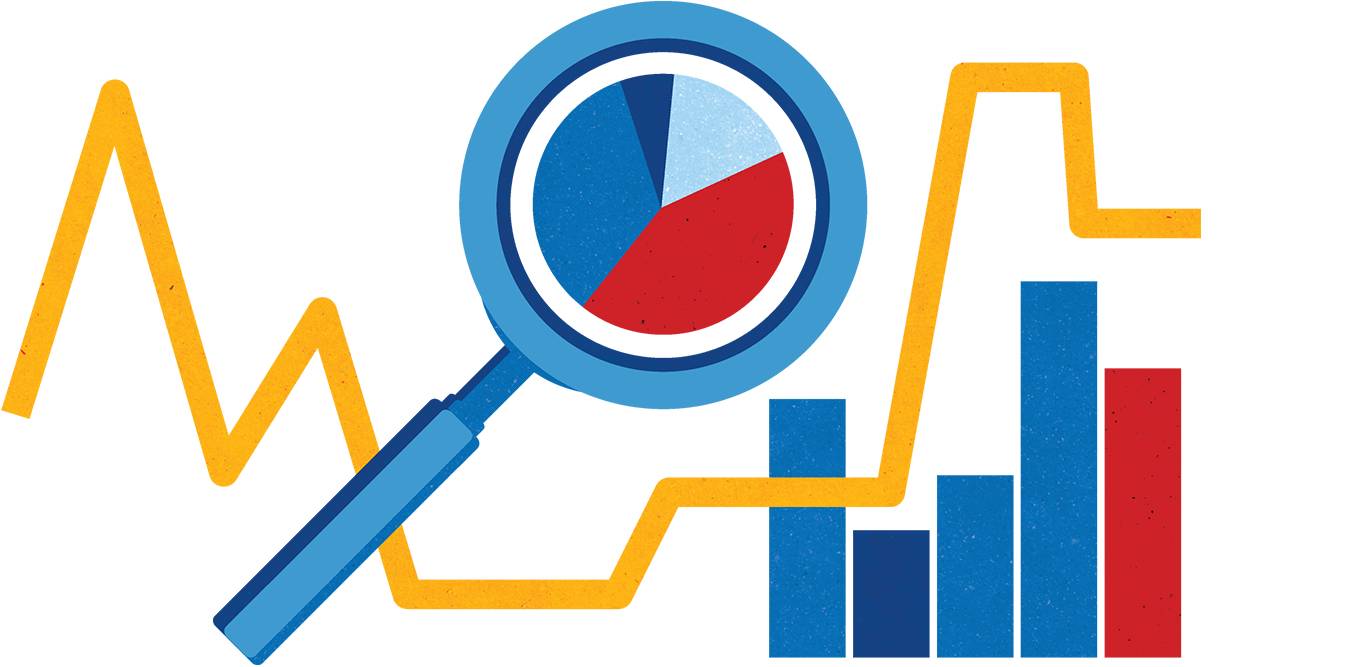
Since day one, the Rotary Social Impact Network (RSIN), an e-club started by Rotaract and RYLA alumni, has taken a data-driven approach to service. For its first project after it chartered, an awareness campaign for Plastic Free July, the club harnessed the power of metrics to help people calculate how much plastic they use and to make lifestyle changes that would have a beneficial effect.
Using an online environmental impact calculator, the club first conducted a baseline survey to figure out how much plastic its members were using in their daily lives. At the end of Plastic Free July, members recalculated based on the changes they had implemented.
The club also used a data-driven approach to help raise funds for communities affected by Australia’s bushfires, donating 80 bags of clothes to the Red Cross, which the club estimates had a value of $5,000.
With Rotary’s increased emphasis on sustainability, the importance of measuring and tracking the impact of Rotary service is here to stay. “Rotary’s impact shouldn’t end with us; it has to be bigger than ourselves,” says Rebecca Fry, club president. “For that to happen, we need to share the measurable value we create with the community, demonstrating our tangible impact and inspiring people to engage with our incredible organization.”
TIPS
START WITH A BASELINE
To track a project’s progress, you will first need to assess the situation to determine a starting point, or baseline. For her club’s global grant project to reduce neonatal mortality in Gondar, Ethiopia, Karin Davies of the Rotary Club of Del Mar, California — a retired pediatrician herself — first reviewed the data. “We looked at how many babies in Ethiopia were dying and how many of those deaths were preventable,” she says.
To track a project’s progress, you will first need to assess the situation to determine a starting point, or baseline. For her club’s global grant project to reduce neonatal mortality in Gondar, Ethiopia, Karin Davies of the Rotary Club of Del Mar, California — a retired pediatrician herself — first reviewed the data. “We looked at how many babies in Ethiopia were dying and how many of those deaths were preventable,” she says.
MAKE THE SOLUTION MEASURABLE
Restate the problem in terms of a quantifiable outcome. Davies found that two-thirds of neonatal deaths in Ethiopia could be prevented if health care workers had certain clinical skills such as newborn resuscitation. They translated this into an outcome indicator. “Our goal was to increase the number of people who were trained with the needed skills so more babies would survive,” she says.
ALIGN WITH THE BIG PICTURE
Use Rotary projects that have done impact assessment well as a guide. The Global Grant Monitoring and Evaluation Plan Supplement, available on My Rotary, offers examples of measurable impact for projects in each area of focus.
KEEP IT SIMPLE
What data needs to be collected, and why? Who collects it, and from whom? Who will read it, and when? Your answers to these questions will determine collection and measurement approaches. For the bushfires project, Fry and her club tracked data using a simple online spreadsheet. “We tracked contributions, estimated the average value of each item, and multiplied by that value in order to understand our true impact.”
What data needs to be collected, and why? Who collects it, and from whom? Who will read it, and when? Your answers to these questions will determine collection and measurement approaches. For the bushfires project, Fry and her club tracked data using a simple online spreadsheet. “We tracked contributions, estimated the average value of each item, and multiplied by that value in order to understand our true impact.”
DON’T FORGET QUALITATIVE DATA
Numbers alone don’t tell the entire story. For training programs, for example, include changes in skills and attitudes in addition to the number of participants trained. Testimonials and case studies can also provide anecdotal evidence to fill gaps.